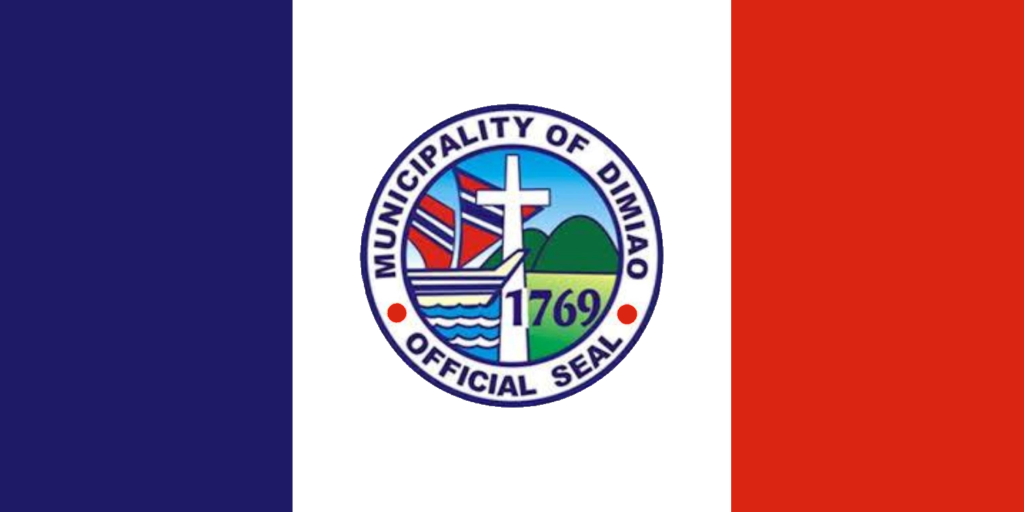-the History of dimiao-
The town of Dimiao is one of the early settlements in the island of Province of Bohol. On January 22, 1769, the area was made into a town of both the religious and civil aspects. The place became progressive. The religious aspect of the new town as advocated to San Nicolas de Tolentino, who incidentally is the patron saint of the Augustinian Recollects.
Its civil aspect covered an area starting from the boundary of the present towns of Lila and Loay up to the boundary of Garcia Hernandez and Valencia and upward of the boundary of Bilar.
The early Dimiaonons were not Christians but were not exactly pagans because they also believed in a supreme being. Their system of beliefs is closer to the old Hebrew system of beliefs. When the Spaniards arrived, they were surprised to find out that Bohol was the only big island in the Philippines that did not practice polygamy.
Nobody is sure where the name Dimiao came from. Even though today there is a tree called Dimiao, old dictionaries do not include this name. The entry in old Bisaya-Spanish dictionaries is only “miao” which signifies a kind of tree.
Ft. Bernardo Muro del Carmen, a Spanish priest of Dimiao, once remarked that it would require much research to find out the etymology of the name “Dimiao”. However, the most logical explanation would be the “Miao” refers to a tree for it would make the name “Dimiao” into a mark of distinction.
As the town Dimiao progressed it became difficult to control the out-migration of its inhabitants, certain barrios in Lila and Valencia made a petition to the Governor General of the Philippines to become a new town, which led to effective reduction of size and income of Dimiao.
In 1800 the construction of the town’s stone church was started by Fr. Enrique de Santo Tomas de Vilanueva and fully completed in 1815. Simultaneously, a stone-walled cemetery with a beautiful chapel was constructed and later transferred one kilometer away from it for reasons of hygiene and sanitation.
In the year 1820 , the construction of its town hall in front of the church started with a big plaza between the two buildings.
The town convent with stone walls and columns made of molave trees was next constructed by Fr. Manuel Carasusan de San Pascual.
Two of the former parish priests of Dimiao, Fr. Leon M. Inchausti and Fr. Jose M. Rada, have already been declared saints of the Roman Catholic Church.
With good governance and good schools for boys and girls, the people of Dimiao gradually became industrious. The availability of business opportunities made them excel in many fields of endeavor.
To this date, Dimiao has risen to be a progressive community cognizant of the people’s role in the foundation of long-term development, as an Eco-Agri-Cultural Tourism Destination.


